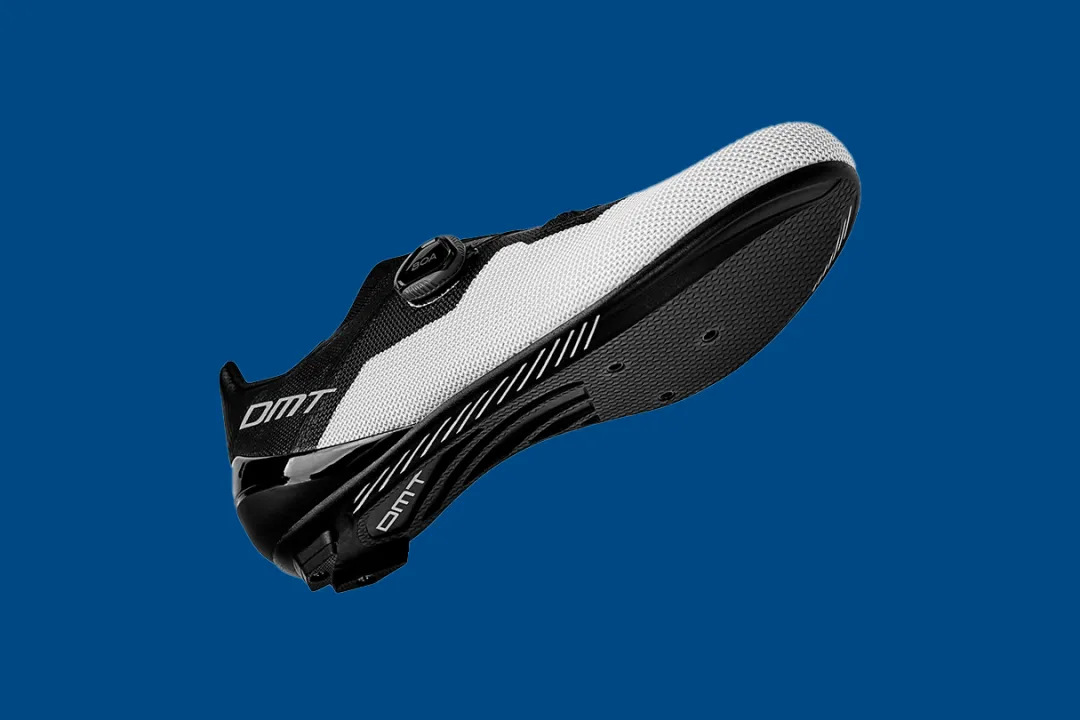How to fit new cleats onto your bike shoes
Nik Cook explains the best way of fitting new cleats onto your bike shoes

Knowing how to fit new cleats to your cycling shoes is an essential skill for triathletes because cleats need replacing regularly.
When using clipless pedals, failure to install cleats correctly can result in discomfort, injury and inefficient pedalling.
Cleat position isn’t hard to get right though. Below we run through the simple steps to ensuring you replace your new cleats in the correct place each time.
How to fit new cleats to cycling shoes

Before fitting new cleats to your triathlon cycling shoes, use a fine pointed permanent marker to draw round the old ones so that your set-up remains the same.
If you’ve had a bike fit for triathlon, the bike fitter should have placed your cleats in a specific position. Consider using a fitting aid like the Ergon Cleat Tool to replicate the orientation exactly.
Remove the cleats and give the soles and bolt holes a really good clean.
Look at the bolts of your new cleats, if they’ve got some blue thread lock on, carry on with installation. If not, get yourself a bottle of Loctite® 242 and apply. It’ll give a bit of added security and extra peace of mind.
Install the cleats, you don’t need to go mad tightening them or you risk stripping the threads. You’ll probably need a 4mm hex bit. If you’re using a torque wrench, 5-6Nm is about all you need.
How to fit cycling cleats for the first time

If you haven’t had a bike fit or found a comfortable cleat position yourself, here’s how to go about it.
First put on your cycling shoes and socks. Then find the big bone on the outside of the your big toe: you want the centre of the cleat and the pedal axle to be inline or slightly behind this.
Mark this point on the shoe with tape, a sticker or pen that will eventually come off. Line this up with the centre of the cleat, often indicated by a dimple as on Shimano or Look cleats.
Now you’ve sorted the fore / aft position, you can address the horizontal alignment of the cleats which determines the Q-factor or how far apart your feet are while pedalling.
Generally it’s best to start with the cleat in the middle of the shoe. If you then want your feet closer together, move the cleat closer to the outside of the shoe. For a wider stance, shift the cleats towards the inside of the shoe.
The last step is cleat angle. This influences whether your feet point inwards, outwards or straight ahead. To work out the best angle for you, sit on an edge with your legs and feet dangling freely. You should try to cater for your natural foot angle while pedalling.
Many people’s feet point straight on, so a straight cleat angle should work for them. If your feet point outwards, you should actually angle your cleats inwards when the shoes are upside down. And vice versa, if your feet naturally point inwards, your cleats should point outwards when the shoe’s overturned.
All this can take a while to get right, so head out for a couple of test rides or try pedalling on your turbo trainer to see how the position feels. Take a multitool with you to make small adjustments if necessary.
How to look after cycling cleats
Once installed, check your cleat bolts regularly and minimise unnecessary stress and wear. Keep them clear of gunk and mud.
Don’t walk about in them excessively and, if you think you may be forced to, consider popping some cleat covers in your jersey pockets.
When to replace cycling cleats

Cycling cleats from popular brands such as Shimano, Look and Time have wear indicators that signal when it’s time to replace them. They can last as little as three months, depending on how much you cycle.
Wahoo Speedplay cleats last longer: replace these every 5,000 to 8,000km.
Sometimes the performance of the cleats will deteriorate before a wear indicator shows you should. When the connection between the cleats and pedals feels loose, and / or clipping back in and out becomes more difficult, you should swap in a fresh pair.


